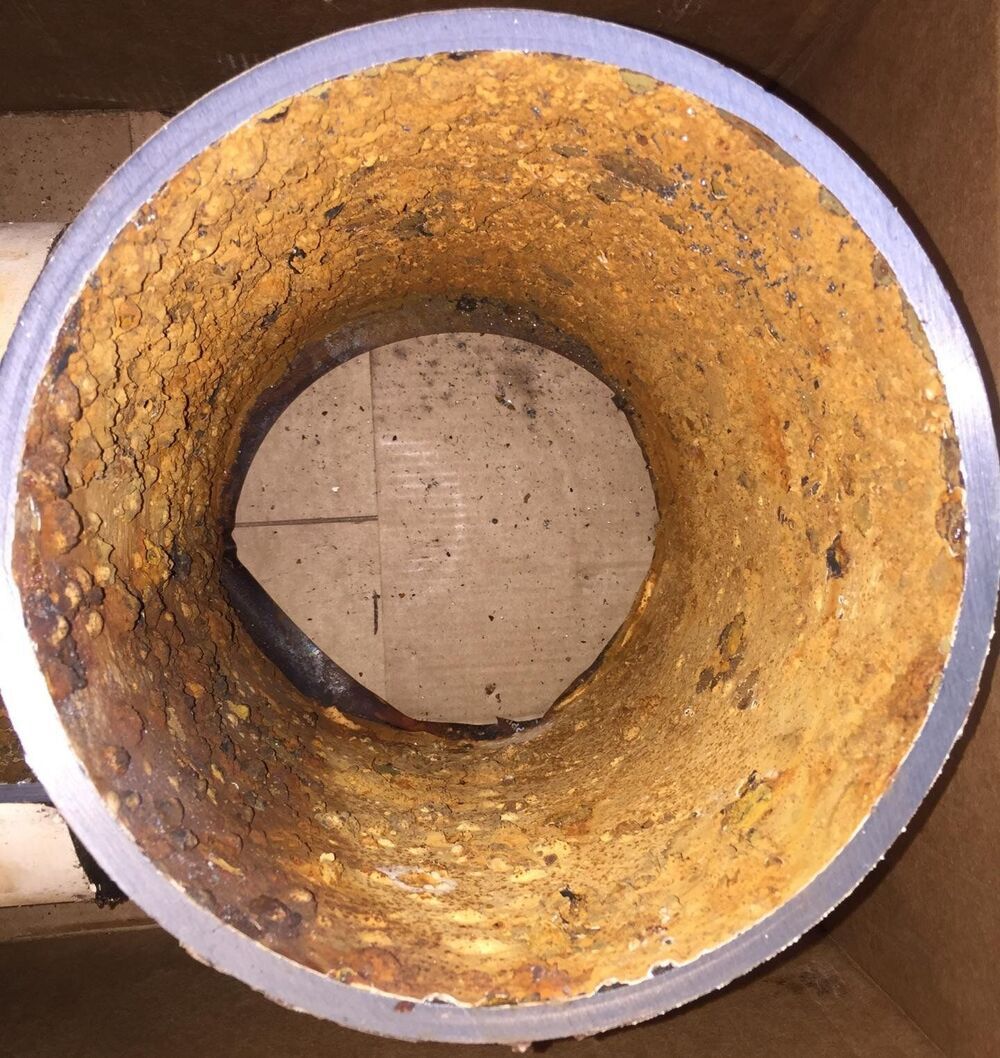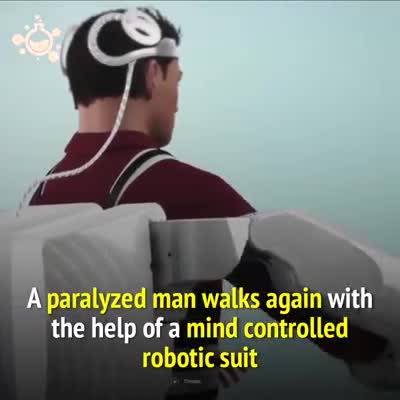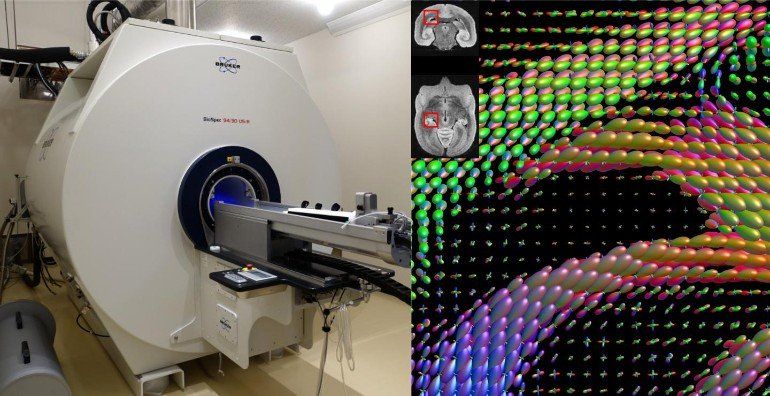Page 7060
Dec 19, 2020
Common pipe alloy can form cancer-causing chemical in drinking water
Posted by Brent Ellman in categories: biotech/medical, chemistry, food, genetics, health
Rusted iron pipes can react with residual disinfectants in drinking water distribution systems to produce carcinogenic hexavalent chromium in drinking water, reports a study by engineers at UC Riverside.
Chromium is a metal that occurs naturally in the soil and groundwater. Trace amounts of trivalent chromium eventually appear in the drinking water and food supply and are thought to have neutral effects on health. Chromium is often added to iron to make it more resistant to corrosion.
Certain chemical reactions can change chromium atoms into a hexavalent form that creates cancer-causing genetic mutations in cells. This carcinogenic form of chromium was at the heart of a lawsuit in California’s Central Valley by Erin Brockovich, which became the subject of an Oscar-winning movie.
Dec 19, 2020
Taking an elevator into space could actually happen. Here’s how
Posted by Quinn Sena in category: satellites
Circa 2019
Once a flight of fantasy, recent advances mean that satellites, astronauts and even tourists could soon get a quick lift into space.
Dec 19, 2020
Mind-controlled robotic suit allows a paralyzed man to walk
Posted by Raphael Ramos in categories: biotech/medical, robotics/AI
Dec 19, 2020
This New AI-Driven Quiz Predicts Your Psychological Age
Posted by Poopeh Morakkabati in categories: life extension, neuroscience, robotics/AI
A questionnaire developed by XPRIZE and Deep Longevity claims to be able to accurately predict your psychological age by using artificial intelligence (AI) to analyze your answers, which theoretically should fall close to your chronological age. The questionnaire is developed from a study published in Aging that used AI in an attempt to identify key hallmarks of psychological aging and the top risk factors that affect mortality.
While the questionnaire seems like a fun insight into whether you’re an old soul or a young gun at heart, there is an important scientific basis for an age-predicting AI. The newly developed technology represents the first AI aimed solely at using psychological aspects to predict age. The researchers hope it can contribute to understanding the role psychological clocks play in overall aging, as well as improving mental health and the feeling of youth.
“For the first time, AI can predict human psychological and subjective age and help identify the possible interventions that can be applied in order to help people feel and behave younger,” said Alex Zhavoronkov, PhD, founder and CLO of Deep Longevity and co-author of the study, in a statement.
Dec 19, 2020
Machine Intelligence Accelerates Research Into Mapping Brains
Posted by Genevieve Klien in categories: biotech/medical, robotics/AI
Summary: Combining machine learning with MRI brain scans helps researchers provide a more accurate map of the brain.
Source: OIST
Scientists in Japan’s brain science project have used machine intelligence to improve the accuracy and reliability of a powerful brain-mapping technique, a new study reports.
Dec 19, 2020
Genetically engineered T cells could lead to therapies for autoimmune diseases
Posted by Quinn Sena in categories: bioengineering, biotech/medical, evolution, genetics, life extension
A new study has found that a novel T cell genetically engineered by University of Arizona Health Sciences researchers is able to target and attack pathogenic T cells that cause Type 1 diabetes, which could lead to new immunotherapy treatments.
The immune system fights bacteria, viruses and other pathogens by utilizing several types of T cells, all of which have receptors that are specific to particular antigens. On killer T cells, the receptor works in concert with three signaling modules and a coreceptor to destroy the infected cell. Michael Kuhns, Ph.D., an associate professor in the UArizona College of Medicine—Tucson Department of Immunobiology, copied the evolutionary design to engineer a five-module chimeric antigen receptor, or 5MCAR, T cell.
“The 5MCAR was an attempt to figure out if we could build something by biomimicry, using some of evolution’s natural pieces, and redirect T cells to do what we want them to do. We engineered a 5MCAR that would direct killer T cells to target autoimmune T cells that mediate Type 1 diabetes,” said Dr. Kuhns, who is member of the UArizona Cancer Center, BIO5 Institute and Arizona Center on Aging. “So now, a killer T cell will actually recognize another T cell. We flipped T cell-mediated immunity on its head.”
Dec 19, 2020
‘Christmas Star’ to light up December sky for 1st time in 800 years
Posted by Quinn Sena in category: space
On Dec. 21, humans can witness something not seen in nearly 800 years.
That’s right, during the upcoming winter solstice, Jupiter and Saturn will line up to create what is known as the “Christmas Star” or “Star of Bethlehem.”
These two planets haven’t appeared this (relatively) close together from Earth’s vantage point since the Middle Ages.
Dec 19, 2020
Titanium atom that exists in two places at once in crystal to blame for unusual phenomenon
Posted by Saúl Morales Rodriguéz in categories: engineering, particle physics, quantum physics
The crystalline solid BaTiS3 (barium titanium sulfide) is terrible at conducting heat, and it turns out that a wayward titanium atom that exists in two places at the same time is to blame.
The discovery, made by researchers from Caltech, USC, and the Department of Energy’s Oak Ridge National Laboratory (ORNL), was published on November 27 in the journal Nature Communications. It provides a fundamental atomic-level insight into an unusual thermal property that has been observed in several materials. The work is of particular interest to researchers who are exploring the potential use of crystalline solids with poor thermal conductivity in thermoelectric applications, in which heat is directly converted into electric energy and vice versa.
“We have found that quantum mechanical effects can play a huge role in setting the thermal transport properties of materials even under familiar conditions like room temperature,” says Austin Minnich, professor of mechanical engineering and applied physics at Caltech and co-corresponding author of the Nature Communications paper.

















